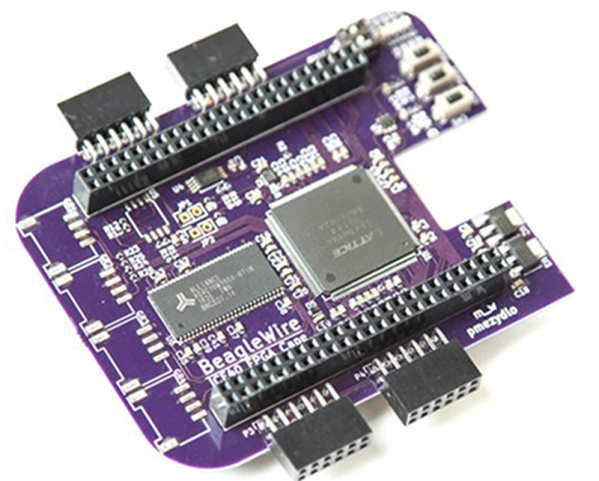BREAKING NEWS: APPLE HAS RELEASED A NEW RECTANGLE. IT IS BETTER THAN THE PREVIOUS RECTANGLE, WHICH WAS A LESSER RECTANGLE. SOME PEOPLE ARE UNHAPPY WITH THE NEW RECTANGLE BECAUSE OF [[CHANGES]]. THE NEW RECTANGLE HAS ANIMATED POO.
Mergers and acquisitions? Not this time. Lattice Semiconductor would have been bought by Canyon Bridge — a private equity firm backed by the Chinese government — for $1.3B. This deal was shut down by the US government because of national security concerns.
[Jan] is the Internet’s expert in doing synths on single chips, and now he has something pretty cool. It’s a breadboard synth with MIDI and CV input. Basically, what we’re looking at is [Jan]’s CVS-01 chip for a DCO, DCF, and DCA), a KL5 chip for an LFO, and an envelope chip. Tie everything together with a two-octave captouch keyboard, and you have a complete synthesizer on a breadboard.
As an aside relating to the above, does anyone know what the cool kids are using for a CV/Gate keyboard controller these days? Modular synths are making a comeback, but it looks like everyone is running a MIDI keyboard into a MIDI-CV converter. It seems like there should be a –simple, cheap– controller with quarter-inch jacks labeled CV and Gate. Any suggestions?
World leaders are tweeting. The Canadian PM is awesome and likes Dark Castle.
Way back in July, Square, the ‘POS terminal on an iPad’ company posted some data on Twitter. Apparently, fidget spinner sales peaked during the last week of May, and were declining through the first few weeks of summer. Is this proof the fidget spinner fad was dead by August? I have an alternate hypothesis: fidget spinner sales are tied to middle schoolers, and sales started dropping at the beginning of summer vacation. We need more data, so if some of you could retweet this, that would be awesome.
Remember [Peter Sripol], the guy building an ultralight in his basement? This is going to be a five- or six-part video build log, and part three came out this week. This video features the installation of the control surfaces, the application of turnbuckles, and hardware that is far too expensive for what it actually is.

















